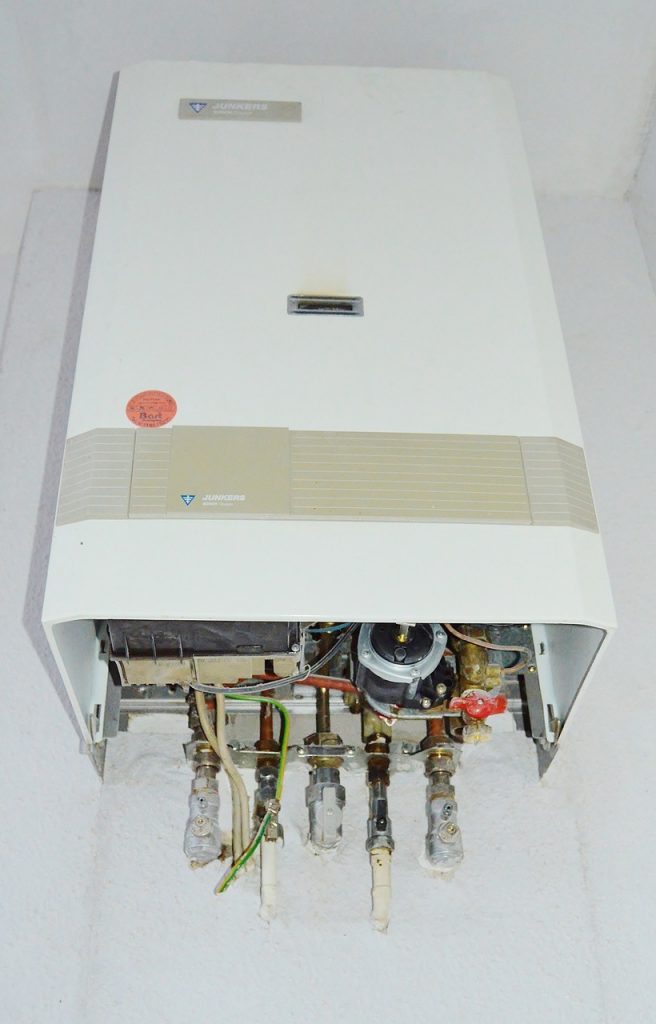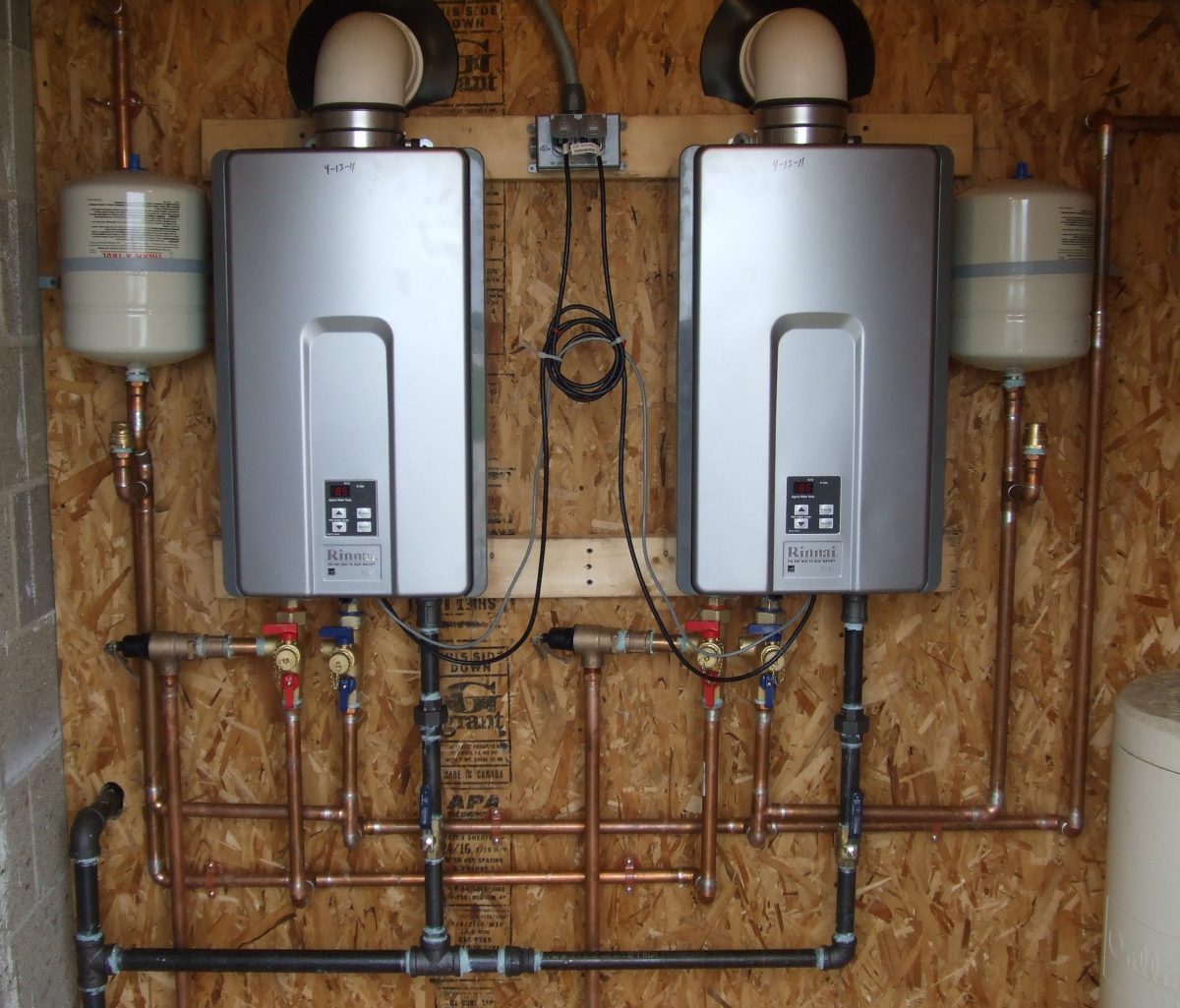Summary
– Step 1: Close the gas valve
– Step 2: Prepare to drain the tank
– Step 3: Drain the tank
– Step 4: Fill the tank
Draining a water heater eliminates scale deposits that buildup at the bottom of the tank that eventually reduces your water heater’s performance. If you run out of hot water and it takes longer to get to the tap, you should drain your gas water heater. In addition to monthly maintenance with a partial drain of the gas water heater, a complete tank drain can be done every two years, preferably before you go on vacation or after the cold season. It is still perfectly acceptable if you have just moved in and the tank has never been drained.
Draining a gas water heater helps keep your water heater in good working condition while avoiding unnecessary energy costs. Draining the tank is done in a few simple steps.
Equipment needed to drain a gas water heater:
– Garden hose as from $5 per 25 m
– Bucket from $1
– Piece of cloth (rag)
– Multi-socket pliers as from $2
1. Close the gas valve
Before doing any work on your gas water heater, you must turn off the energy source: the gas.
– Put the appliance on the off position; the pilot must go out.
– Close the gas valve for safety.
Caution: Keep children and pets away when working on your gas water heater.
2. Prepare to drain the tank

The purpose of draining is to empty the water heater tank, so it does not cause the tank to fill during the operation:
– Turn off the cold water tap coming to your gas water heater. The cold water tap is located on the cold water line coming into your tank.
– Open the hot water faucets in the dwelling to drain the water heater more quickly.
3. Draining the tank
Your water heater may have a siphon. In this case, you don’t need to use a pipe or a basin; water is emptied directly into the siphon to drain into the pipe.
If you do not have a siphon and the faucet is too low to use a basin (provide two):
– Place the garden hose on the drain valve.
– Pull the garden hose so that the water drains down a drain, down a sink or outdoors.
– Open the drain valve, but be careful of the boiling water coming out of it, especially when using it as a direct drain, the splashes can burn you!
– Wait until the water stops flowing out of the tank and try to tilt your tank towards the drain valve to drain as much water as possible (don’t force it!).
Note: you will usually find your water heater’s drain valve at the bottom of the tank if necessary, consult the technical data sheet of your appliance.
If water does not come out of the water heater tank
The water heater may not be drained or maybe drained very little. If this is the case, there are solutions:
– Loosen the nut on the hot water inlet to make a draught. This is usually sufficient.
If the water is still not flowing:
– Close the drain valve.
– Turn off the main water supply to the house.
– Unscrew the nut on the cold water inlet of the tank and attach the garden hose to the tank.
– Unscrew the nut on the hot water inlet to create a draft.
– The water must come out of the tank, let it empty before refilling (step 4).
4. Fill the tank
– Close the drain valve.
– Remove the garden hose.
– Turn on the cold water supply.
– Wait until the tank is full to know when water comes out of the hot water faucets left open.
– Turn off your hot water faucets.
– If necessary, wipe down the water heater with a cloth.
– Turn on the gas supply.
– Turn on the pilot light on your water heater.
That’s it. You have finished draining your gas water heater. However, draining a gas water heater may not be an easy task for every DIY enthusiast. So, you can reach out to Schmidt Plumbing for your plumbing needs. Remember to share and comment on this post.

